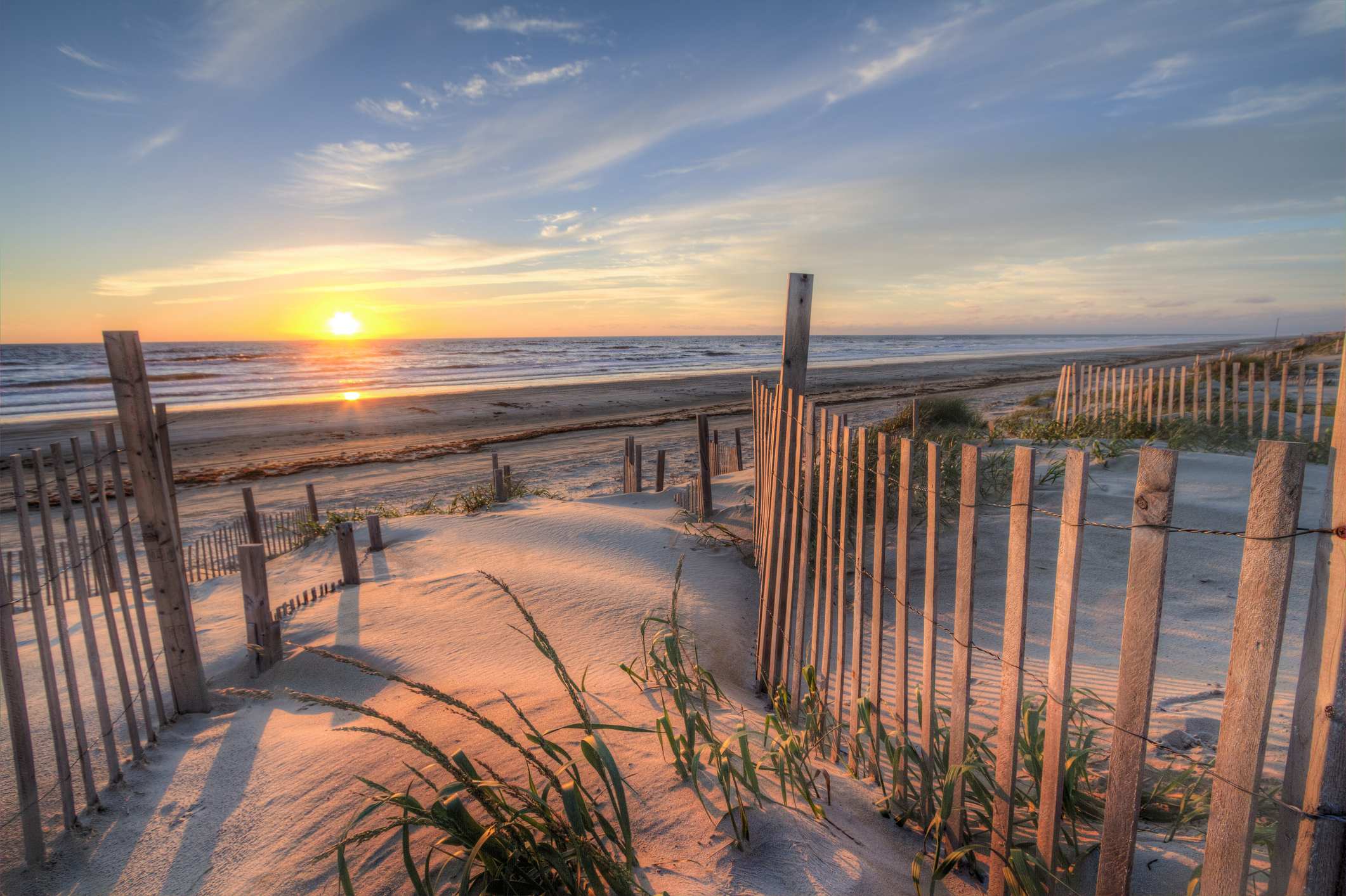Secrets Of North Carolina’s Outer Banks Shells

Have you ever wondered what makes North Carolina's Outer Banks shells so special? This coastal paradise offers more than just stunning views and sandy beaches. The Outer Banks is a treasure chest for shell collectors and beachcombers. From the delicate scotch bonnet to the rugged whelk, each shell tells a unique story of the ocean's mysteries. Whether you're a seasoned collector or a curious newbie, the Outer Banks provides endless opportunities to find beautiful shells. Ready to learn more about these coastal gems? Let's dive into the secrets of North Carolina's Outer Banks shells.
Discovering the Outer Banks Shells
North Carolina's Outer Banks are a paradise for shell collectors. With miles of pristine beaches, the area offers a treasure hunt for those who love the ocean's gifts. Let's explore some of the best spots to find these beautiful shells.
Best Beaches for Shell Collecting
The Outer Banks have numerous beaches, each with its unique charm and shell offerings. Here are some top spots to start your shell-collecting adventure.
Pea Island National Wildlife Refuge
- Located on Hatteras Island, Pea Island is a haven for bird watchers and shell collectors alike. The untouched beaches provide a variety of shells, including whelks and scallops.
Ocracoke Island
- Accessible only by ferry, Ocracoke Island offers a secluded shelling experience. The remote location means fewer visitors, giving you a better chance to find rare shells like sand dollars and moon snails.
Cape Hatteras National Seashore
- Stretching over 70 miles, this national seashore is a shell collector's dream. Look for conchs, olive shells, and the occasional shark tooth along the shoreline.
Coquina Beach
- Named after the tiny coquina clams found here, this beach on Bodie Island is perfect for finding small, colorful shells. It's a great spot for families with young children.
Tips for Successful Shell Collecting
Finding the best shells requires a bit of strategy. Here are some tips to help you make the most of your shell-collecting trip.
- Go Early or Late: The best shells are often found early in the morning or late in the afternoon when the tide is low.
- Check the Tides: Low tide is the optimal time for shell collecting. Use a tide chart to plan your visit.
- Bring a Bag: A mesh bag is perfect for carrying your finds without getting too sandy.
- Be Respectful: Only take empty shells. Live shells are part of the ecosystem and should be left undisturbed.
Unique Shells to Look For
The Outer Banks are home to a variety of unique shells. Keep an eye out for these special finds.
Scotch Bonnet
- North Carolina's state shell, the Scotch Bonnet, is a prized find. Its distinctive pattern and shape make it a favorite among collectors.
Lettered Olive
- Known for its smooth, shiny surface and intricate patterns, the lettered olive is a beautiful addition to any collection.
Knobbed Whelk
- These large, spiral shells are often found along the Outer Banks. Their size and unique shape make them a standout find.
Atlantic Giant Cockle
- These heart-shaped shells are not only large but also beautifully ribbed. They are often found partially buried in the sand.
Best Times of Year for Shell Collecting
While you can find shells year-round, certain times of the year are better for shell collecting in the Outer Banks.
- Winter: Fewer tourists mean less competition for shells. Storms often wash up unique finds during this season.
- Spring: The beaches are less crowded, and the weather is mild, making it a pleasant time for shell collecting.
- After Storms: Storms churn up the ocean, bringing a fresh supply of shells to the shore. Check the weather and head out after a storm for the best finds.
Shell Collecting Etiquette
Respecting the environment and other collectors is crucial. Here are some etiquette tips to keep in mind.
- Leave No Trace: Take all trash with you and leave the beach cleaner than you found it.
- Share the Space: Be mindful of other collectors and give them space to search.
- Educate Yourself: Learn about the local wildlife and the importance of shells in the ecosystem.
Shelling Tools and Gear
Having the right tools can make your shell-collecting experience more enjoyable. Consider bringing these items.
- Mesh Bag: Perfect for carrying shells and letting sand fall through.
- Sifter: Helps find smaller shells hidden in the sand.
- Water Shoes: Protect your feet from sharp shells and rocks.
- Sun Protection: Hats, sunscreen, and sunglasses are essential for a day at the beach.
Conclusion
The Outer Banks offer a shell-collecting adventure like no other. With the right knowledge and tools, you can find beautiful shells and create lasting memories. Happy shelling!
Discover the Magic of Outer Banks Shells
North Carolina's Outer Banks offer a treasure trove of shells waiting to be found. From the scallop shells to the elusive Scotch bonnet, each shell tells a story of the sea. Walking along the shores, you'll find a variety of shells that make perfect souvenirs or additions to any collection. The best times for shelling are early mornings or after a storm when the tides bring in fresh finds. Remember to respect the environment by only taking empty shells and leaving live creatures behind. Whether you're a seasoned collector or a curious beachcomber, the Outer Banks provide endless opportunities for discovery. So grab a bucket, head to the beach, and start your own shelling adventure. The beauty and diversity of these coastal treasures will leave you in awe.

